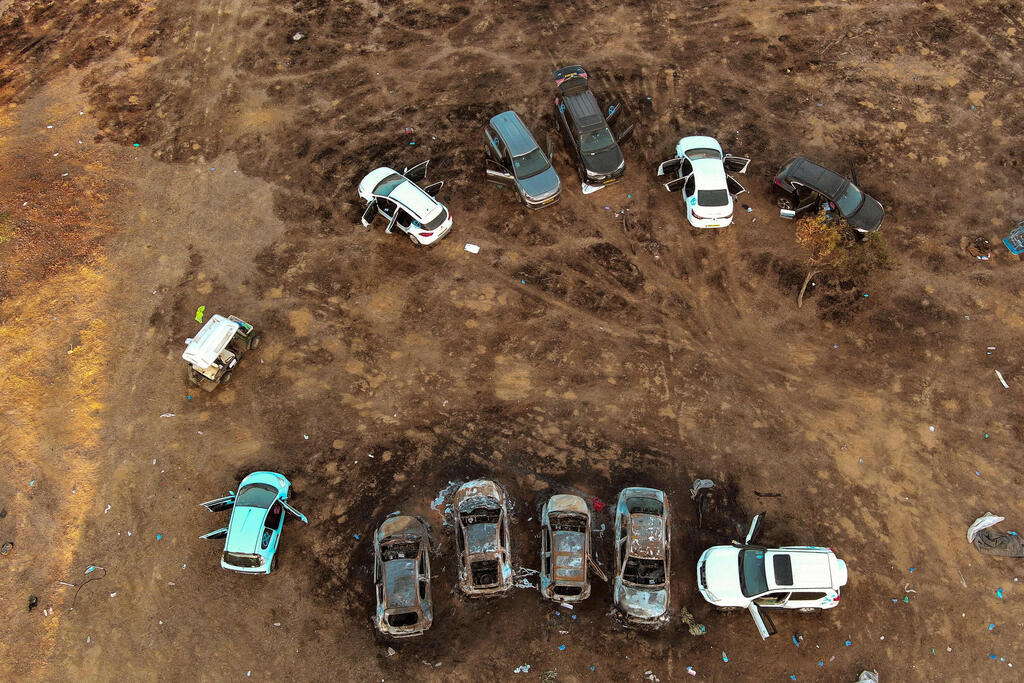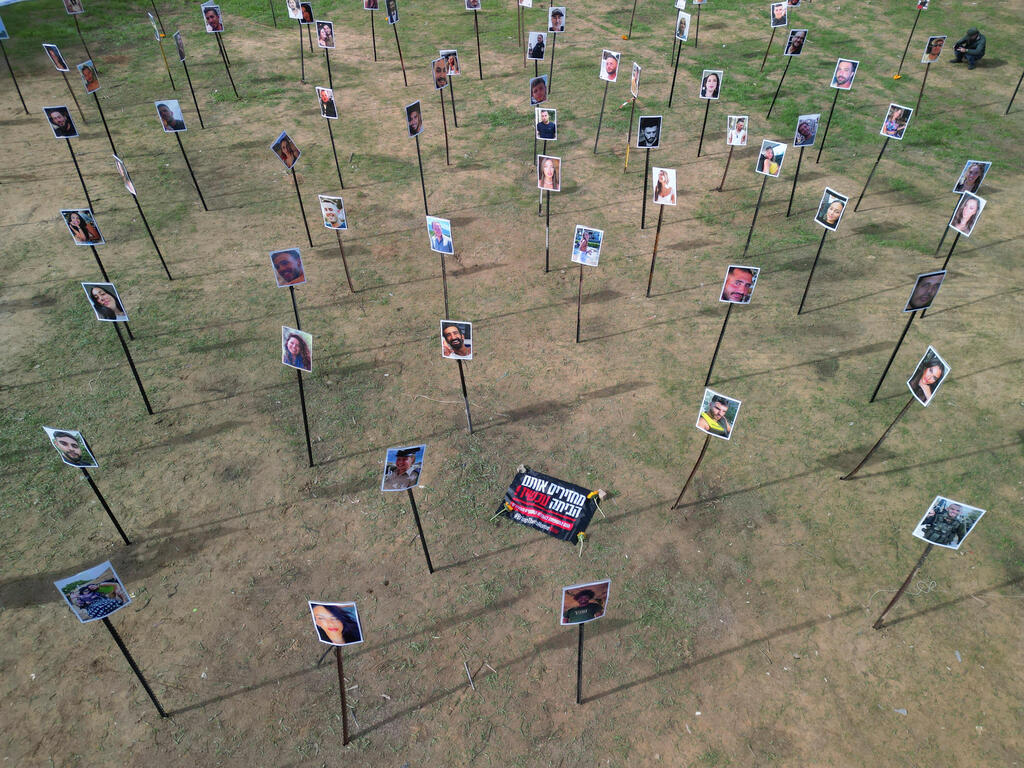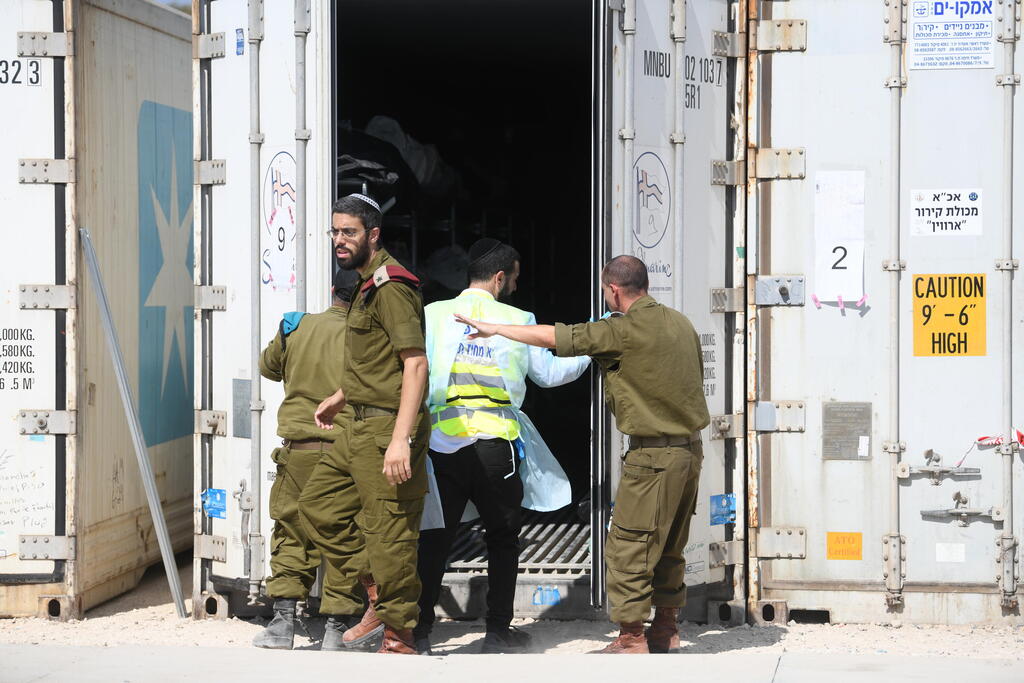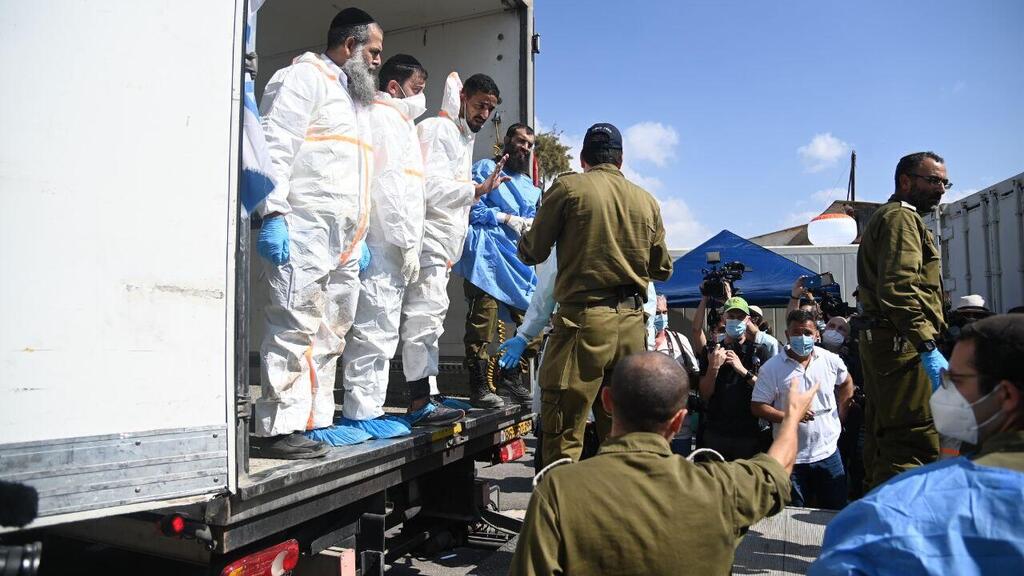Major international news outlets continue to talk about the widespread sexual atrocities committed by Hamas terrorists on October 7, after some of them responded with significant delay to reports the reports of sexual assault on Israeli women. The wider discussion occurred over the past month, against the backdrop of Israeli frustration over the silence of international women's organizations following the massacre.
More stories:
Last week, The New York Times published an extensive investigation into the sexual attacks committed by Hamas terrorists at the music festival near Kibbutz Re’im and in other communities in southern Israel.
Additionally, The Wall Street Journal and the British Telegraph published comprehensive articles on the issue, including graphic descriptions. A substantial part of The Wall Street Journal's article focused on the Israeli investigation into the sexual crimes, which has been ongoing for almost three months since the attack.
According to The Wall Street Journal, investigators are using 200,000 photos and videos, and 2,000 testimonies to assemble a comprehensive picture detailing the unimaginable cruelty of Hamas, which denies that terrorists sexually assaulted women on October 7. The outlet noted that Israel aims for the charges against those responsible to meet international standards and provide a comprehensive account of what transpired on that Saturday.
The article also added that the investigation is expected to lead to the most significant trial in Israel since the 1960s, when the Nazi criminal Adolf Eichmann was captured, tried in Israel, and executed. “The state of Israel has never before dealt with crimes and an investigation on this scale,” said Roy Sheindorf, former Israeli deputy attorney general. "This will be one of the most important trials to take place in Israel.”
4 View gallery


Burned cars in the scene of the music festival near Re'im
(Photo: Reuters /Ilan Rosenberg)
The Wall Street Journal noted that one of the Israeli investigation’s goals is to collect historical documentation of the atrocities that will raise awareness of sexual crime worldwide – similar to how Eichmann's trial presented the Nazi’s "Final Solution" to the world and led to a process in which Holocaust survivors came to light and spoke about what they had experienced.
The police are looking into the testimonies of captured Hamas terrorists and materials from body cameras they had on them. Footage from dashboard cameras and security cameras in the southern part of the country, as well as footage found in Gaza, are also being analyzed by investigators.
According to legal experts, one of the challenges in the investigation is that the collection of forensic evidence following the massacre ended hastily – as the IDF was engaged in combat in the area where the terrorists attacked.
The photos and testimonies sent to The Wall Street Journal indicate crimes including groups rapes and setting victims on fire. First responders who arrived at the scene documented mutilated bodies and limbs of both women and men.
The victims were naked, and their clothing was stained with blood. In a phone recording sent to The Wall Street Journal, terrorists traveling on southern Israeli roads can be heard laughing, and one of them talks about raping women.
Police Commissioner Kobi Shabtai stated that Hamas' massacre was " systematic and unprecedented in its cruelty." As the investigation continues, it is revealing new details about Hamas’ sexual crimes.
Initially, investigators didn’t find women who were sexually assaulted and survived, but recently at least three women approached the Welfare Ministry and recounted what happened to them at the hands of the terrorists. The British Telegraph noted that according to estimates, at least seven sexual assault incidents took place against Israeli women and girls on October 7.
Haim Otmazgin, a volunteer in the ZAKA search and rescue organization, told The Telegraph that when he arrived at a protected room in Be’eri, he saw two women who had been stripped of their clothes and murdered.
Otmazgin, who has been volunteering for ZAKA for 27 years, said he wasn’t prepared for what he saw on October 7. "I typically don’t pay attention to details; We work like machines,” he said. "I didn’t touch a cigarette in the past year – now I smoke three packs a day. I lost eight kilos.”
In order to be identified, the victims’ bodies were transferred to the Shura military base. Shari Mendes, who volunteered to help identify the women’s bodies for two weeks, said that many of the women brought there were partially dressed and stained with blood.
Mendes noted that workers in the mortuary rushed to hand over the bodies to the families to bring them for burial, instead of finding forensic evidence that would reveal what happened to them.
Mendes added she was concerned this might hinder the investigation. "Our main concern, especially in the first few days, was identification – so that we could inform the families and only later prepare the bodies for burial," she told the United Nations in December.





